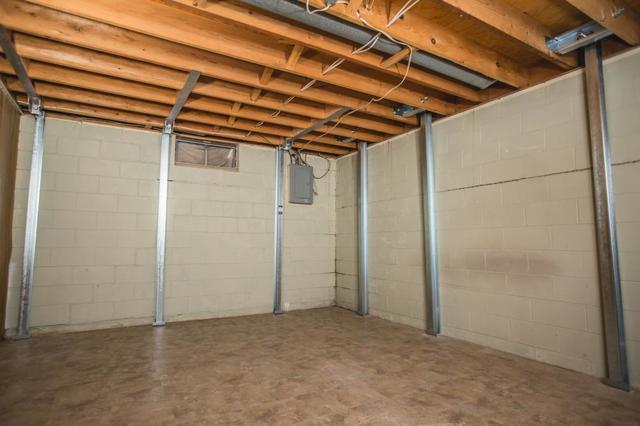Transitioning From Winter To Spring: Bowed Or Buckling Foundation Walls
Causes of Cracked and Bowing Foundation Walls
The soils around your home have the ability to put enormous pressure on your foundation walls. The amount of pressure they exert depends on four factors:
- The type of soil around the foundation
- The amount of moisture in the soil
- How far underground the foundation is
- The temperature conditions

Hydrostatic pressure, expansive clay soil, and frost can all exert enough pressure to cause walls to lean or even collapse because there is nothing to hold up the walls beside themselves. Roof runoff from gutters and downspouts can also contribute to the problem; if the water is not directed away from your foundation, the soil around it will become heavier and more expansive as it becomes saturated with water.
Symptoms
- Horizontal or stair-step wall cracks
- Bowing, buckling, or bulging walls
- Walls sliding inwards at the bottom
- Walls leaning in at the top
- Wet, clay soils around house, along with damaged walls
Foundation Wall Anchors
Install Foundation Supportworks’™ Geo-Lock™ Wall Anchors along the bowing walls, and use the system’s clamping pressure to stabilize and restore the wall.

1. Digging Holes For the Earth Anchors
Before the installation, the foundation contractors will propose the locations in your yard best suited for earth anchors to maximize system effectiveness. At the beginning of each earth anchor installation, sod is carefully removed from your lawn and placed aside. Then, a sheet is laid down to protect your lawn and landscaping, and a hole is made for the anchor using a power auger.
2. Preparing The Foundation Wall
Once the hole is excavated, a small, 1" diameter hole is cored through your basement wall. A galvanized steel, corrosion resistant, anchor rod is then driven through the wall and soil, extending through a hole in the center of the earth anchor.
3. Attaching The Earth Anchor
After the end of each anchor rod is secured to its earth anchor, they are buried in the ground, using soil removed earlier.
4. Mounting The Wall Plate
Once the earth anchors are installed, a wall plate is mounted over each anchor rod end that protrudes from the basement wall. Screwing a large nut to the end of the anchor rod secures each plate and stabilizes the wall as the nut is tightened. Wall anchors installed in a finished basement can be concealed with Hide-A-Way™ Wall Anchor Covers.
5. Restoring The Landscaping
Leaving each job clean, neat, and free of damage to existing landscaping is an important part of the job. During every cleanup process, holes in the earth are completely filled and tamped with dirt that was saved earlier in the process to ensure that depressed areas will not be created as the soils settle over time. All sod is replaced and carefully groomed with a rake to help it to blend in with surrounding grass for a seamless landscape.
6. Tightening Wall Anchors
Geo-Lock™ Wall Anchors don't just stop the inward movement of foundation walls — they can be significantly repaired and possibly even returned completely to their original positions. This restores value to your home and returns it to a solid, stable, and attractive structure. If you are planning on selling at some point, prospective homebuyers will have peace of mind knowing this is not a problem they will have to deal with in the future.
When Wall Anchors Don't Work
In some cases, the yard outside of your house isn't accessible and a wall anchor system can’t be used to repair a bowing wall. When this problem is encountered the best method is to use the PowerBrace™ Foundation Wall System. This repair system is designed to stabilize failing basement walls and it also allows for potential wall straightening over time.





